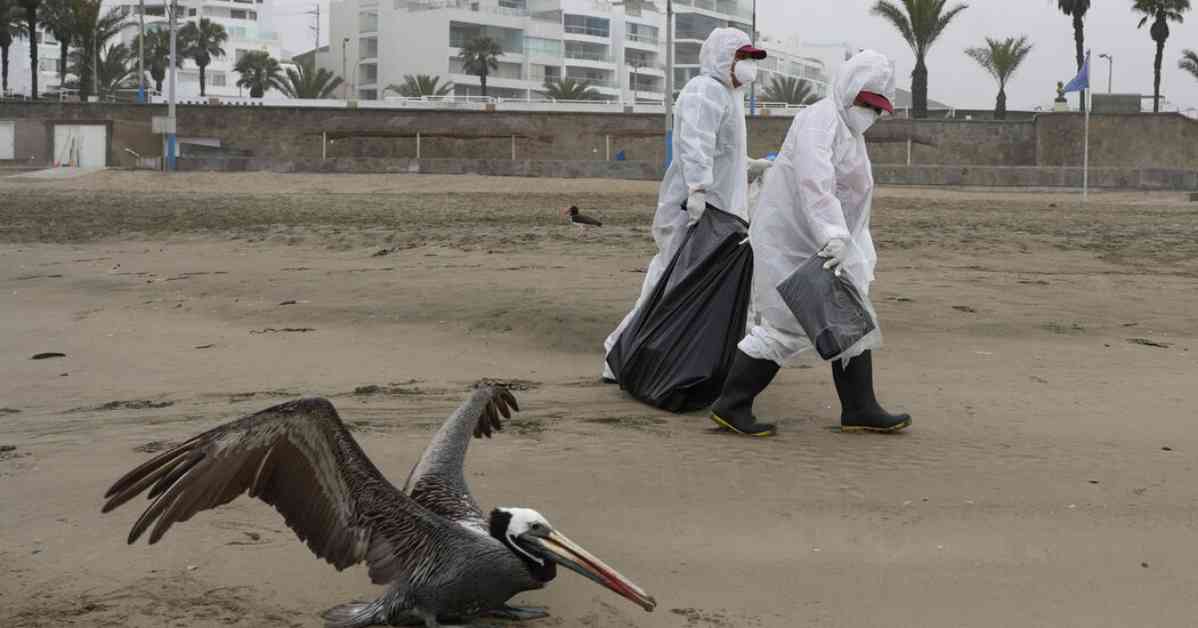The potential impact of a bird-flu pandemic in humans is a cause for concern, as highlighted by the recent outbreak of the H5N1 virus in dairy cattle. While only three farmworkers in the United States have been affected so far, there is no guarantee that the virus will remain benign if it spreads among people.
Evidence from the animal world suggests that the H5N1 virus can have severe consequences. Some dairy cows infected with the virus never recovered, leading to death or slaughter. Infected terns displayed disorientation and inability to fly, while elephant seal pups experienced breathing difficulties and tremors. Infected cats suffered from blindness and a high mortality rate.
Virologist Anice Lowen from Emory University emphasized the need for caution, stating that H5N1 is a highly pathogenic influenza virus with the potential to cause significant harm to humans. In experiments with ferrets, the virus rapidly spread from the eyes to the airways, lungs, stomach, and brain, indicating its ability to cause systemic infections.
The implications of a potential bird-flu pandemic are grave, and vigilance is crucial in preventing the spread of the virus to humans. While vaccines and treatments are available, their efficacy against H5N1 may be limited. It is essential for public health authorities to closely monitor the situation and take proactive measures to contain any potential outbreak.
The global community must work together to prevent the emergence of a bird-flu pandemic in humans, as the consequences could be devastating. By staying informed and following recommended guidelines, individuals can play a role in reducing the risk of infection and protecting public health.















